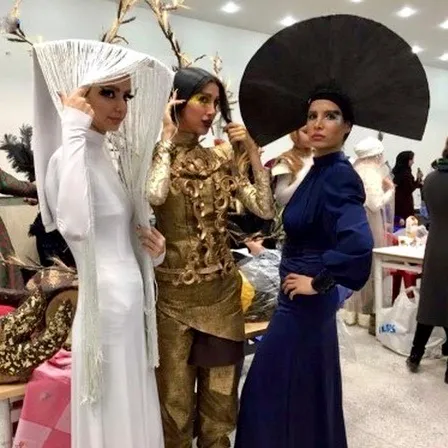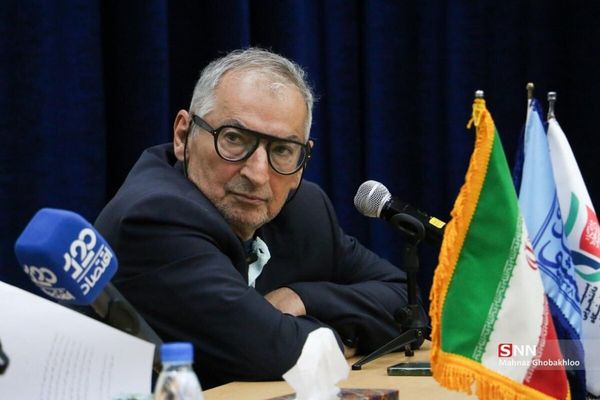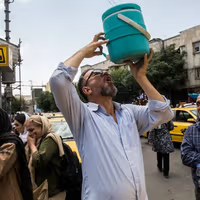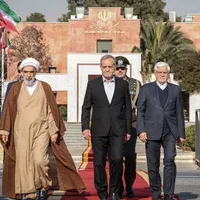For decades, Iran’s Public Culture Council and the National Foundation for Islamic-Iranian Fashion and Clothing have strictly overseen what they call “chaste attire.”
Tehran held fashion events in 2014 and 2015, where the designs were limited to “modest fashion”—long coats, scarves and loose forms approved by authorities. No later editions followed the events due to the official denial of permits.
This year’s revival of Tehran Fashion Week was folded into Tehran Design Week, a government-approved initiative showcasing design, furniture and art. Yet despite official oversight, photos and videos showed a strikingly freer atmosphere.
Some female models appeared at the events without headscarves, wearing tight-fitting western-style outfits, and many visitors ignored the mandatory hijab altogether. Women were seen in some social media videos walking bareheaded through the galleries in jeans and dresses.
The contrast is shocking to conservatives who have long treated fashion as a state-controlled domain. Yet for many Iranians, it simply reflects what the streets already look like after nearly two years of weakening hijab enforcement.
Private runways and changing tastes
Bita, a Tehran resident, told Iran International that private fashion shows have quietly flourished in major cities in the past two decades. “They are often underground, mixed-gender, and without hijab,” she said. “The clothes are usually exclusive and extremely expensive—far beyond what ordinary people could afford.”
The social shift since 2022, she added, has reshaped the industry itself and these private fashion events.
“The hijab barely exists anymore in many places,” she said. “Designers who once made luxury scarves and manteaux have turned to new lines because their former clients—the wealthy women who followed fashion—have mostly abandoned the hijab. Only a small group of very rich religious women still buy such expensive clothing, and their taste is totally different.”
Bita said she saw online ads for the Design Week fashion section, held at a well-known Tehran gallery, though she didn’t attend. “But my friends who went say it largely looked like seriously testing limits.”
Cultural paradox
Earlier this year, several clothing sellers at Tehran’s Grand Bazaar were prosecuted for hosting a women’s fashion show in which models appeared without scarves or with hair visible on the red carpet. Officials accused them of “violating public morality”, and their shops were shut down.
Independent news website Rouydad24 published a commentary published an analysis arguing that clothing in Iran has become not just a cultural or social question but a political and even security issue.
“In a country where just a few years ago shop mannequins were banned, stores were closed for selling open-front manteaux, and a small fashion show at the Bazaar caused a scandal," the commentary pondered, "how can Fashion Week possibly align with the realities of society?”









